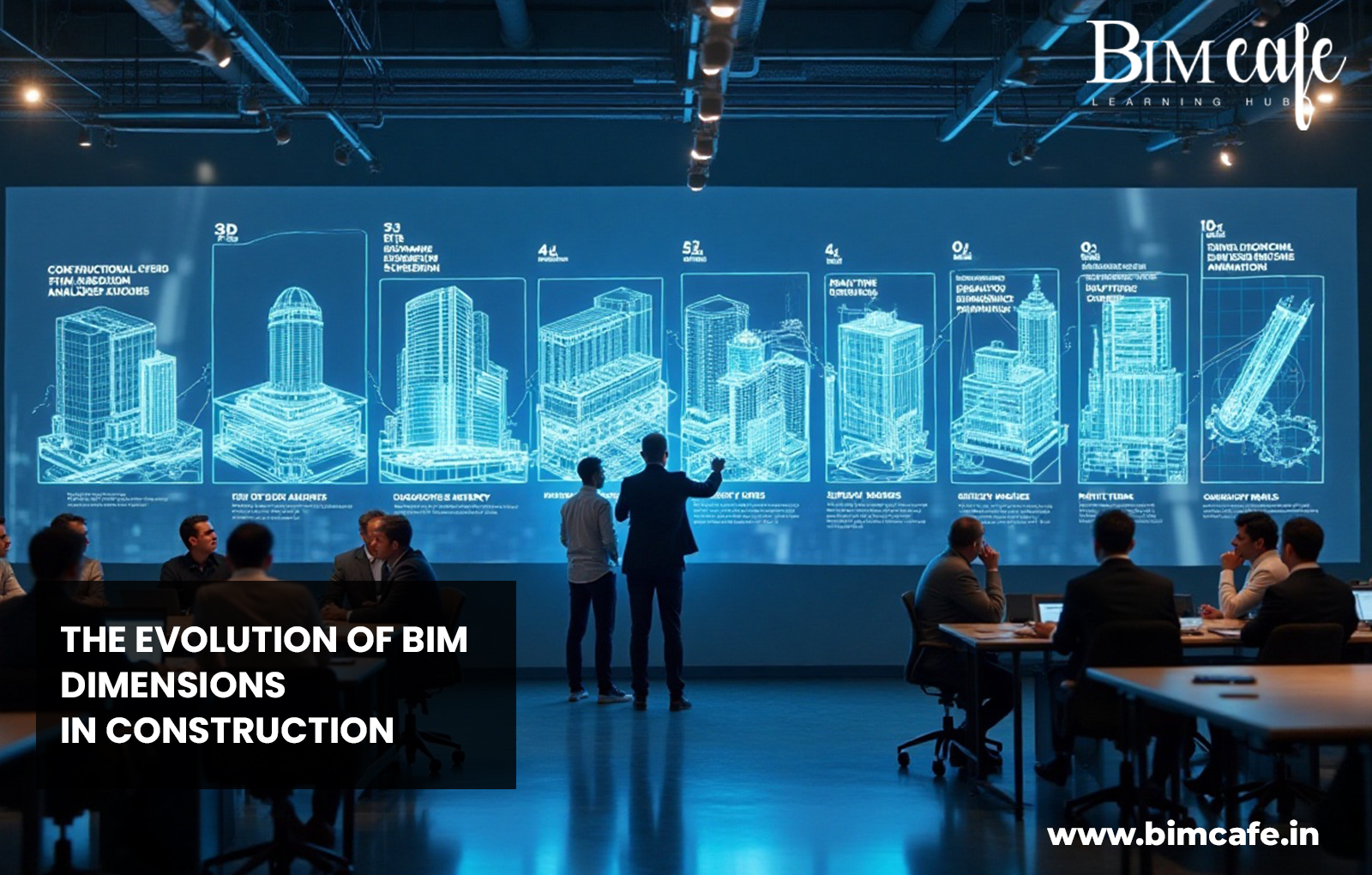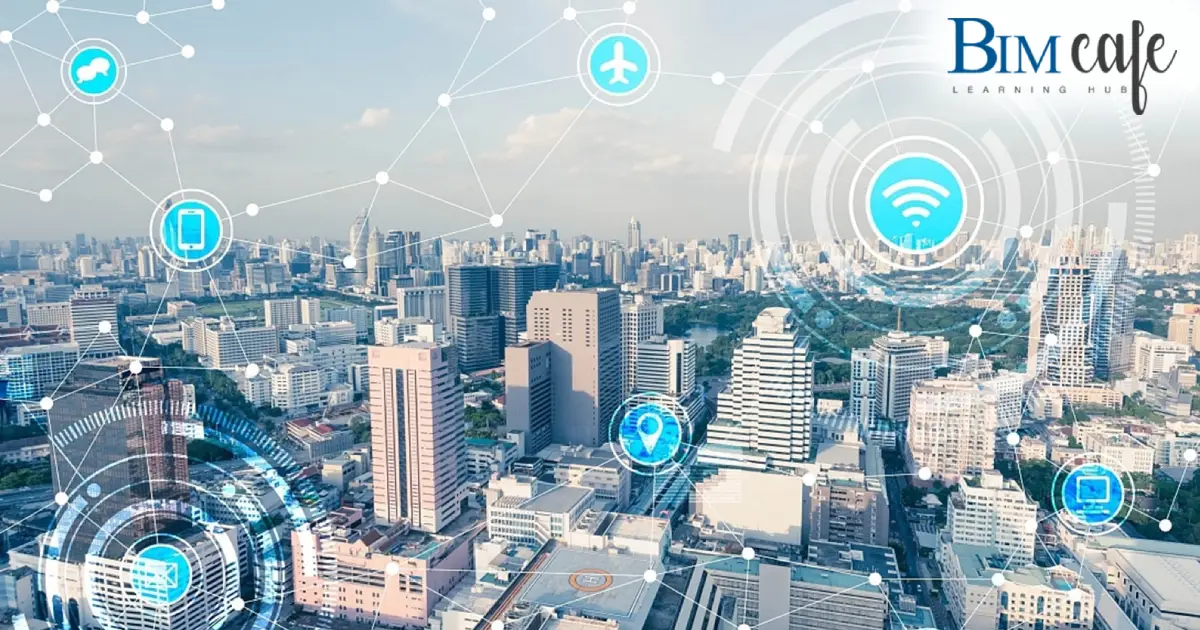
Author: Devika R
March 24, 2025
7 min read
As urban populations grow, cities must evolve to become more efficient in managing their resources. Quantum AI, powered by the fusion of quantum computing and artificial intelligence, is emerging as a game-changing technology for smart cities. This advanced innovation has the potential to revolutionize how urban infrastructure operates. Quantum AI could streamline transportation systems, optimize energy management, and elevate public safety measures. It also offers the capability to enhance environmental monitoring and sustainability efforts significantly. Although still in its developmental phase, quantum networked AI holds transformative possibilities that could redefine the future of urban living.
What is Quantum Networked AI?
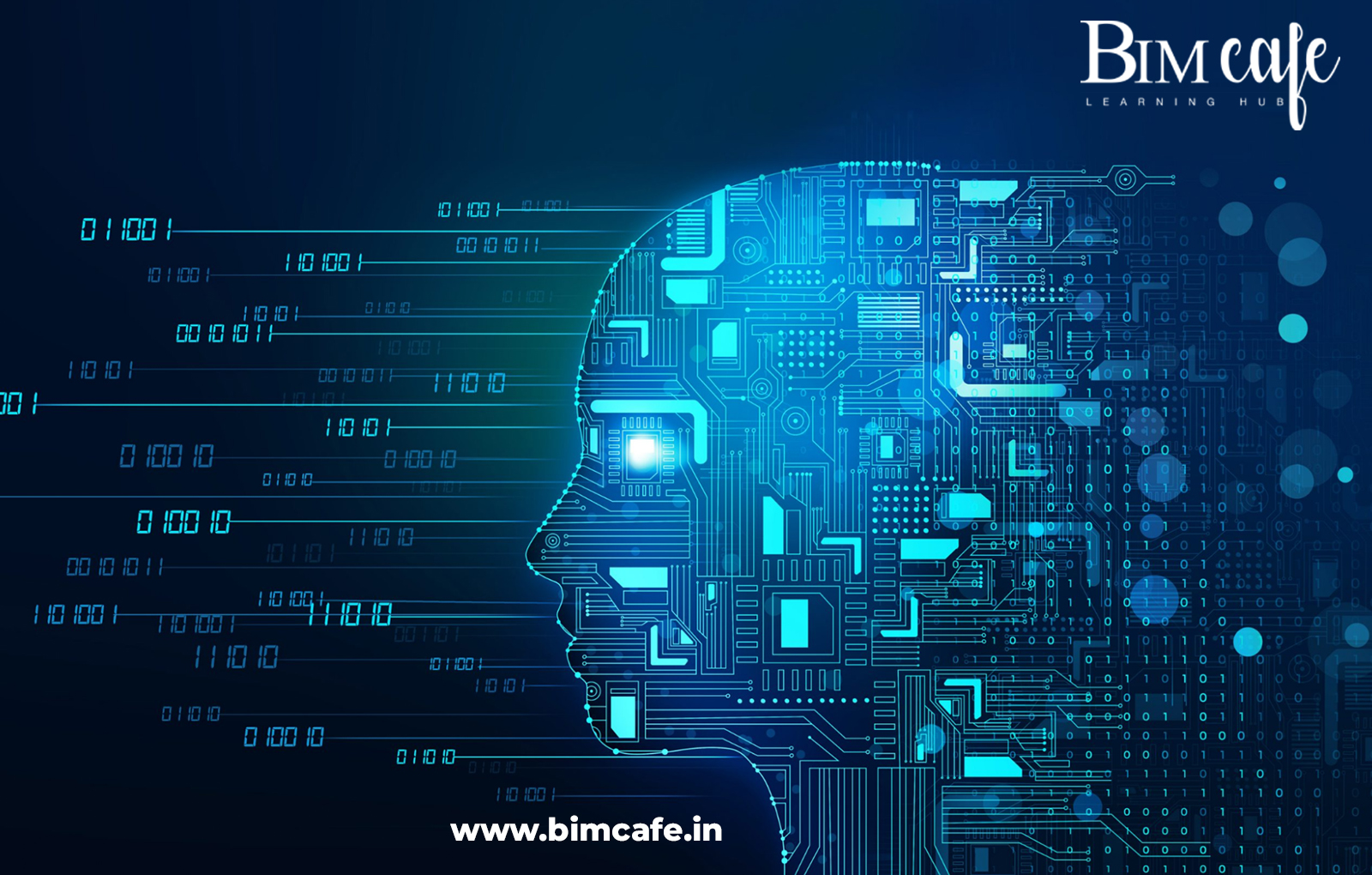
Quantum networked AI merges quantum computing with artificial intelligence, leveraging the principles of quantum mechanics—such as superposition and entanglement—to enhance computational capabilities. Unlike classical computing, which processes information in binary (0s and 1s), quantum computing uses qubits that can exist in multiple states simultaneously. This allows for parallel processing of complex problems, making it ideal for managing vast datasets and real-time decision-making—critical components of smart city development.
Applications in Smart Cities
Quantum AI’s transformative potential is most evident when applied to smart cities. These urban environments increasingly turn to cutting-edge technologies to enhance various facets of city life, making them more efficient, sustainable, and adaptive.
Intelligent Transportation Systems
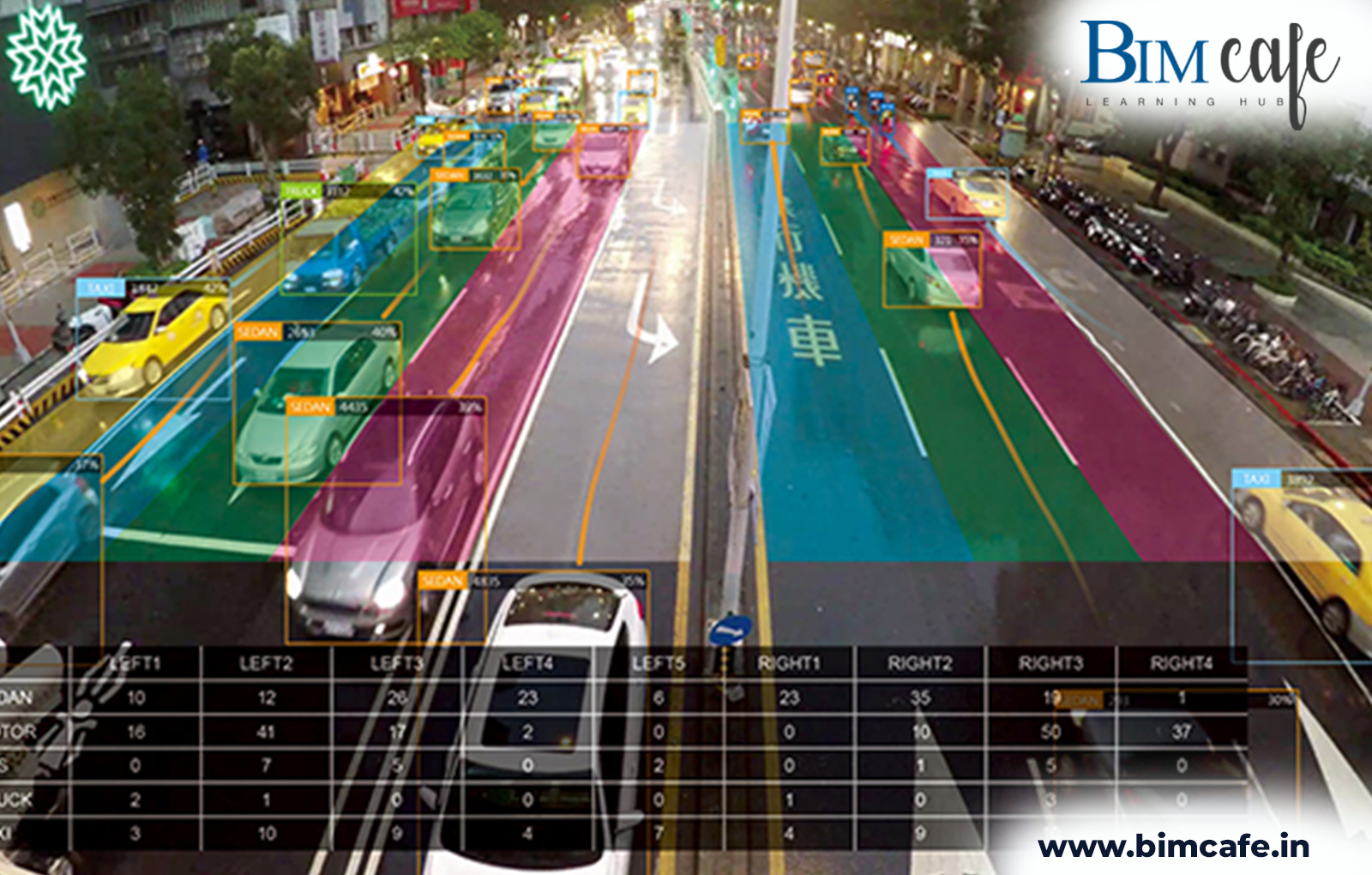
Traffic congestion is a major issue in urban areas, leading to wasted time, increased fuel consumption, and higher emissions. Quantum AI can revolutionize traffic management by:
- Optimizing traffic signals to reduce congestion and improve flow.
- Predicting and managing public transport delays.
- Analyzing real-time data to suggest the most efficient routes for vehicles.
Simulations have demonstrated that quantum AI-driven traffic models can significantly reduce city-wide congestion, leading to shorter commute times and lower greenhouse gas emissions. Future implementations will refine these systems to ensure seamless urban mobility.
Energy Management and Sustainability
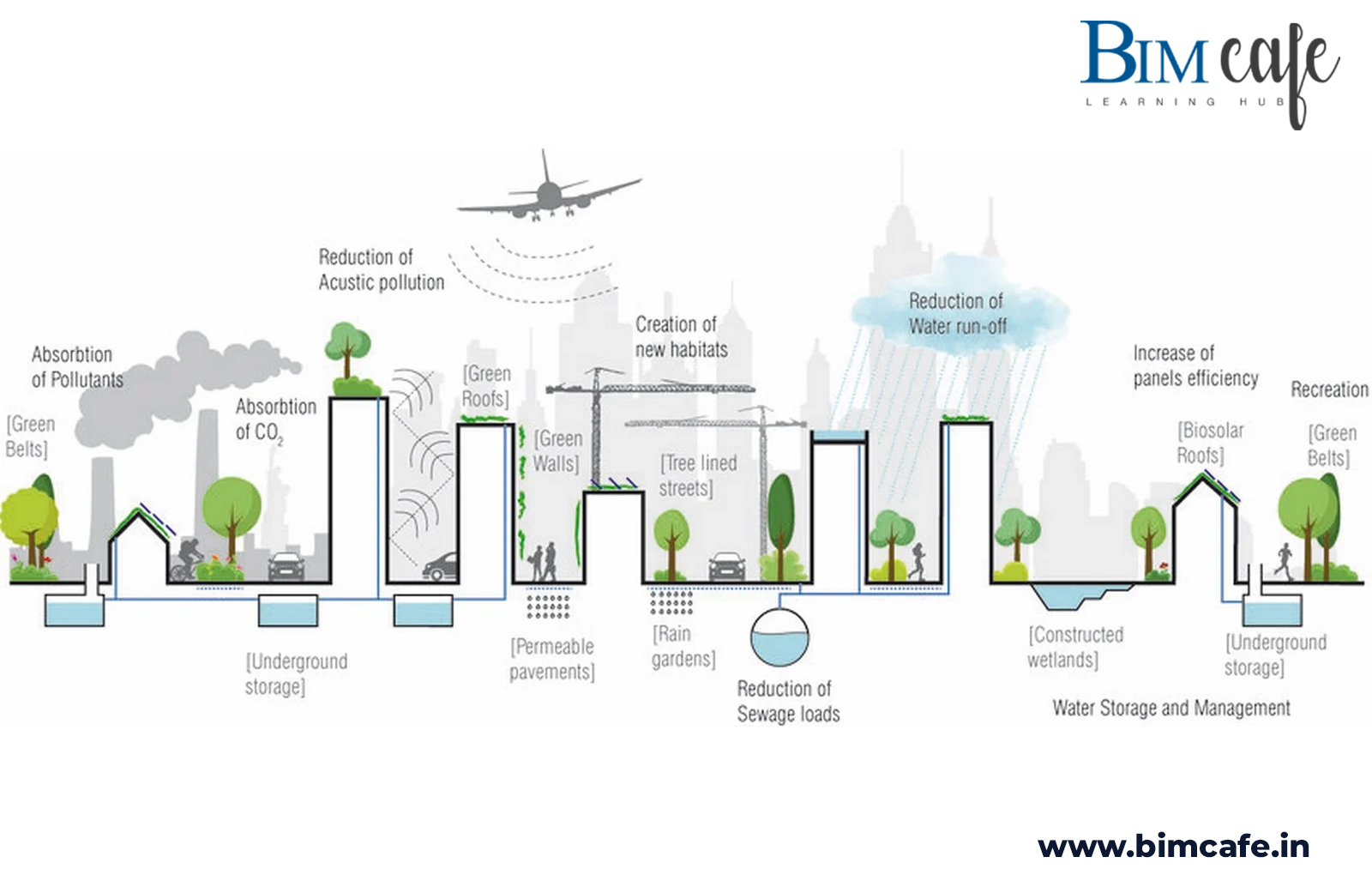
Energy efficiency is crucial for sustainable urban development. Quantum AI can optimize energy consumption by:
- Predicting demand and adjusting energy distribution accordingly.
- Enhancing the integration of renewable energy sources.
- Reducing power outages and energy wastage through advanced grid optimization.
Quantum AI-driven energy distribution models can ensure a reliable power supply while minimizing environmental impact. As cities transition to smart grids, quantum computing will play a pivotal role in managing energy efficiently.
Enhancing Public Safety
Public safety can benefit immensely from quantum AI’s predictive and analytical capabilities. Potential applications include:
1. Predictive Policing:

By analyzing complex crime patterns with greater speed and accuracy, law enforcement can allocate resources more effectively to prevent incidents before they occur. Quantum AI could also uncover hidden correlations in large datasets, leading to deeper insights into criminal behavior.
2. Real-Time Emergency Response:
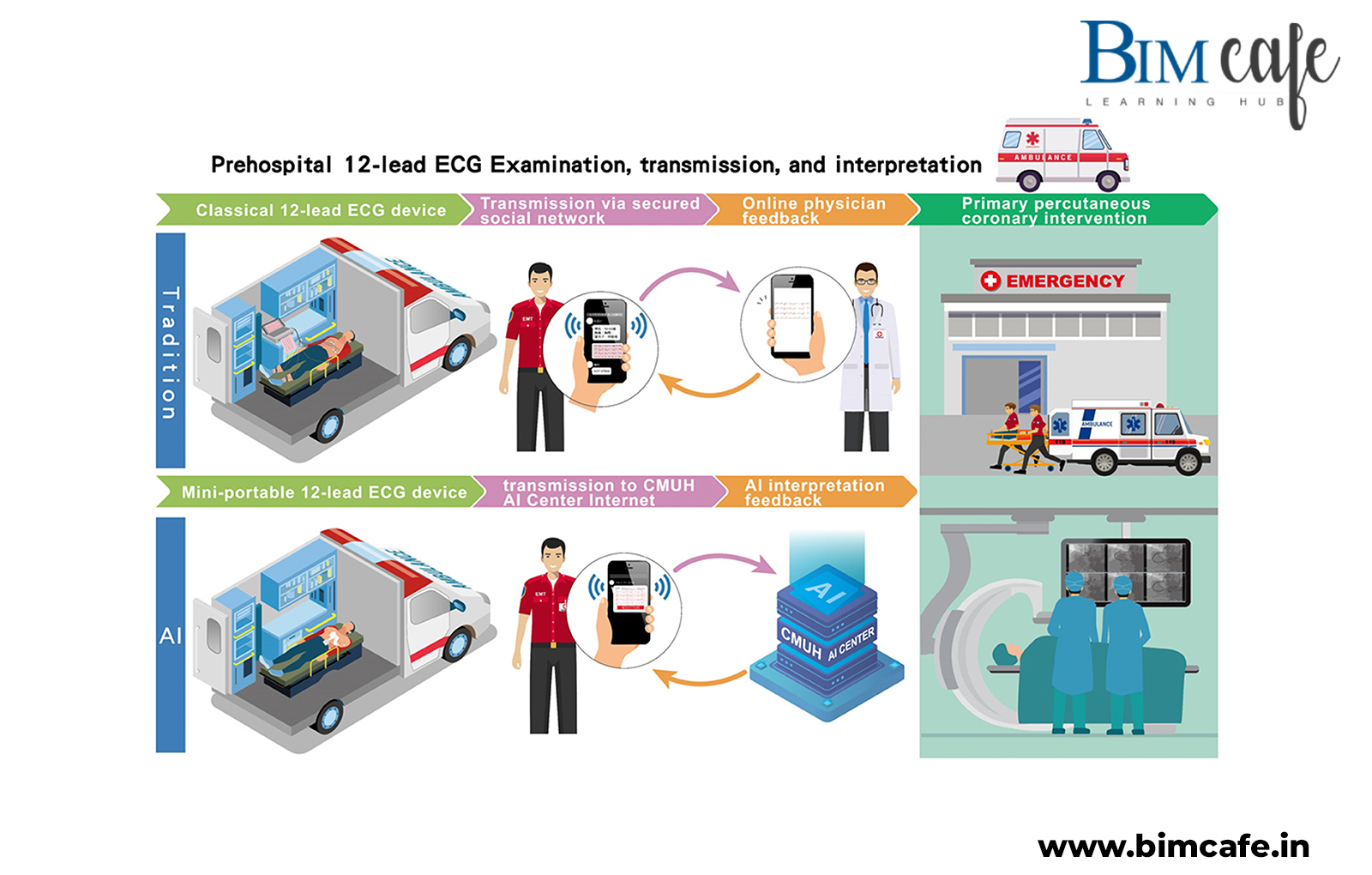
AI-driven resource allocation can optimize emergency services deployment, reducing response times during critical situations. Quantum AI can further enhance this by processing real-time data streams from multiple sources, improving situational awareness for first responders.
3. Crowd and Threat Detection:
AI-powered surveillance systems can monitor crowded areas to identify unusual patterns and detect potential threats faster. With quantum AI, these systems can simultaneously analyze massive amounts of video and sensor data, ensuring quicker and more accurate interventions.
While quantum AI’s role in public safety is still evolving, its integration with existing AI tools could help create highly responsive, intelligent, and safer urban environments.
Environmental Monitoring and Climate Management
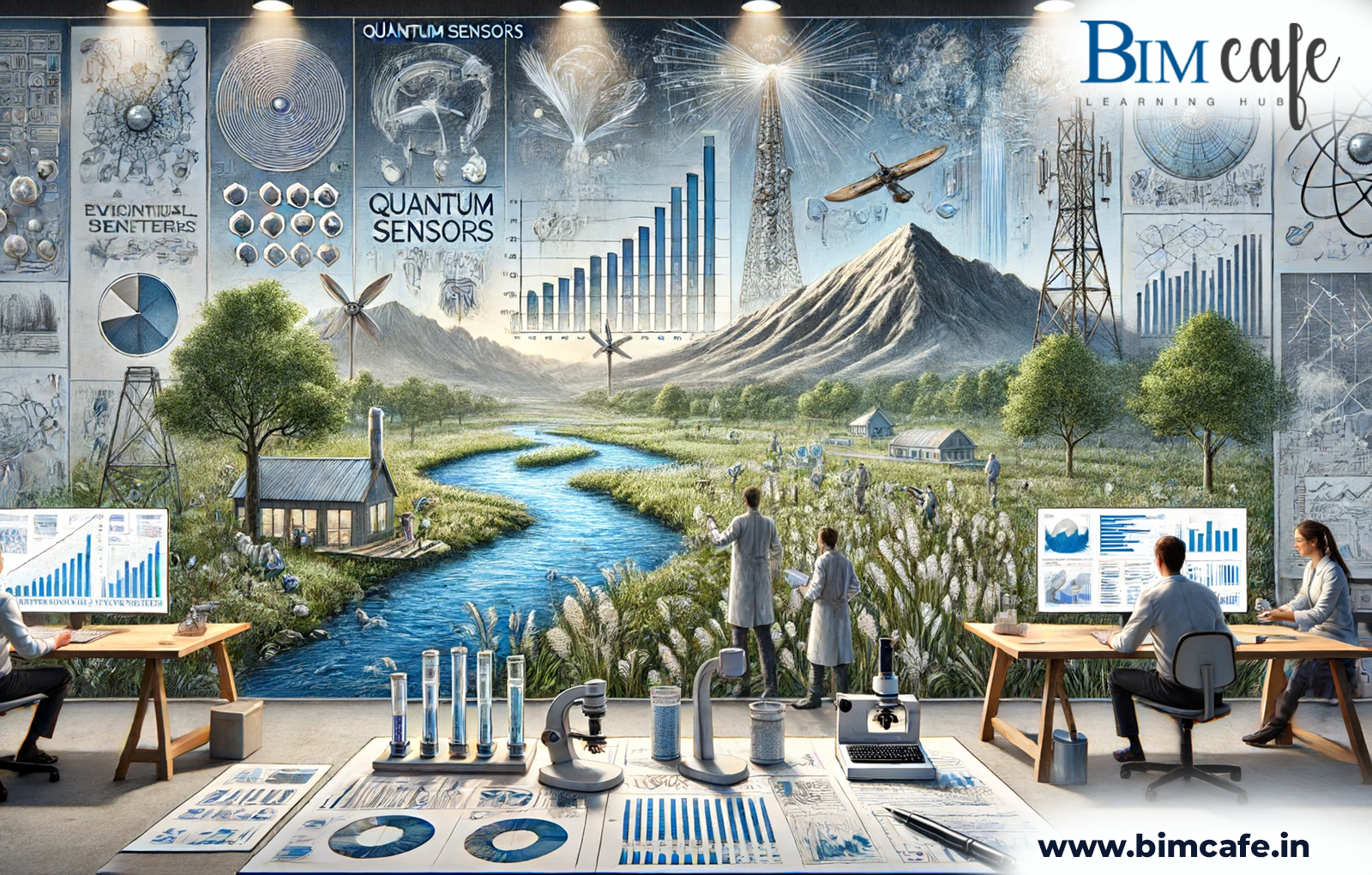
Environmental sustainability is at the core of smart city initiatives. Quantum AI can help by:
- Enhancing air and water quality monitoring through sensor data analysis.
- Identifying pollution sources and enabling proactive countermeasures.
- Improving climate change modeling for better policy decisions.
By leveraging real-time environmental data, cities can adopt proactive strategies to reduce pollution and ensure long-term sustainability.
Challenges and Future Prospects
Despite its potential, quantum networked AI faces several challenges, including:
-
Hardware Limitations:
Quantum computing technology is still developing, with current systems having limited qubits and high error rates. -
Integration with Existing Systems:
Adopting quantum AI requires seamless integration with classical AI and current urban infrastructure. -
Cost and Accessibility:
Quantum computing remains expensive and complex, making widespread adoption challenging in the near term.
However, ongoing research and technological advancements suggest that these obstacles will be overcome, paving the way for quantum AI’s large-scale implementation in smart cities.
The Role of BIM and AEC Software in Smart City Development
To fully harness the power of quantum AI in urban planning, professionals must be proficient in Building Information Modeling (BIM) and Architecture, Engineering, and Construction (AEC) software. Tools like Revit are essential for designing efficient smart cities, allowing for better visualization, planning, and management of infrastructure projects.
Platforms like BIM Café Learning Hub offer training programs to equip urban planners, architects, and engineers with the skills necessary to integrate quantum AI into smart city design.
Summary of Key Applications
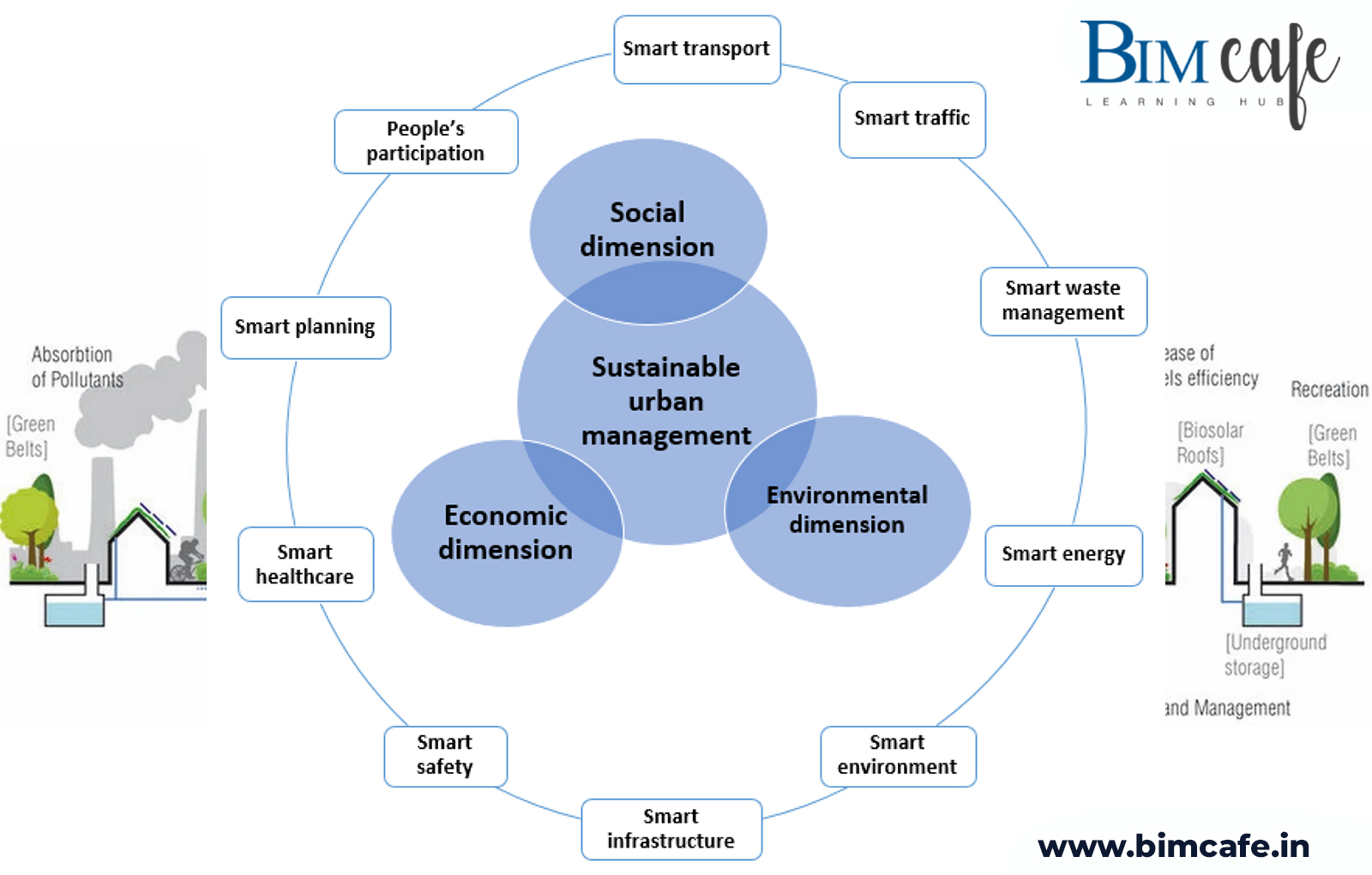
| Sector | Application | Potential Impact | Current Status |
|---|---|---|---|
Transportation | Traffic optimization, route planning | Reduced congestion, shorter commutes | Simulations show 40% reduction |
Energy Management | Smart grid optimization, renewable integration | Reliable power supply, decreasing outages | Research Ongoing |
Public Safety | Predictive policing, emergency response | Improved security, faster crisis response | Emerging, mostly theoretical |
Environmental Monitoring | Pollution tracking, climate modeling | Proactive environmental protection | AI-enhanced, quantum potential growing |

Quantum networked AI is set to reshape smart city infrastructure by boosting efficiency, sustainability, and overall safety. Although still in its early stages, this technology shows promising potential across key urban sectors. In transportation, it could significantly reduce congestion and improve route planning.
For energy management, quantum AI may enhance smart grids and better integrate renewable resources, leading to more reliable power delivery. Public safety could benefit through predictive analytics and faster emergency responses, while environmental monitoring could see improvements in pollution tracking and climate modeling. To stay relevant in this evolving landscape, professionals should focus on mastering BIM and AEC software to effectively design and manage the smart cities of tomorrow.



